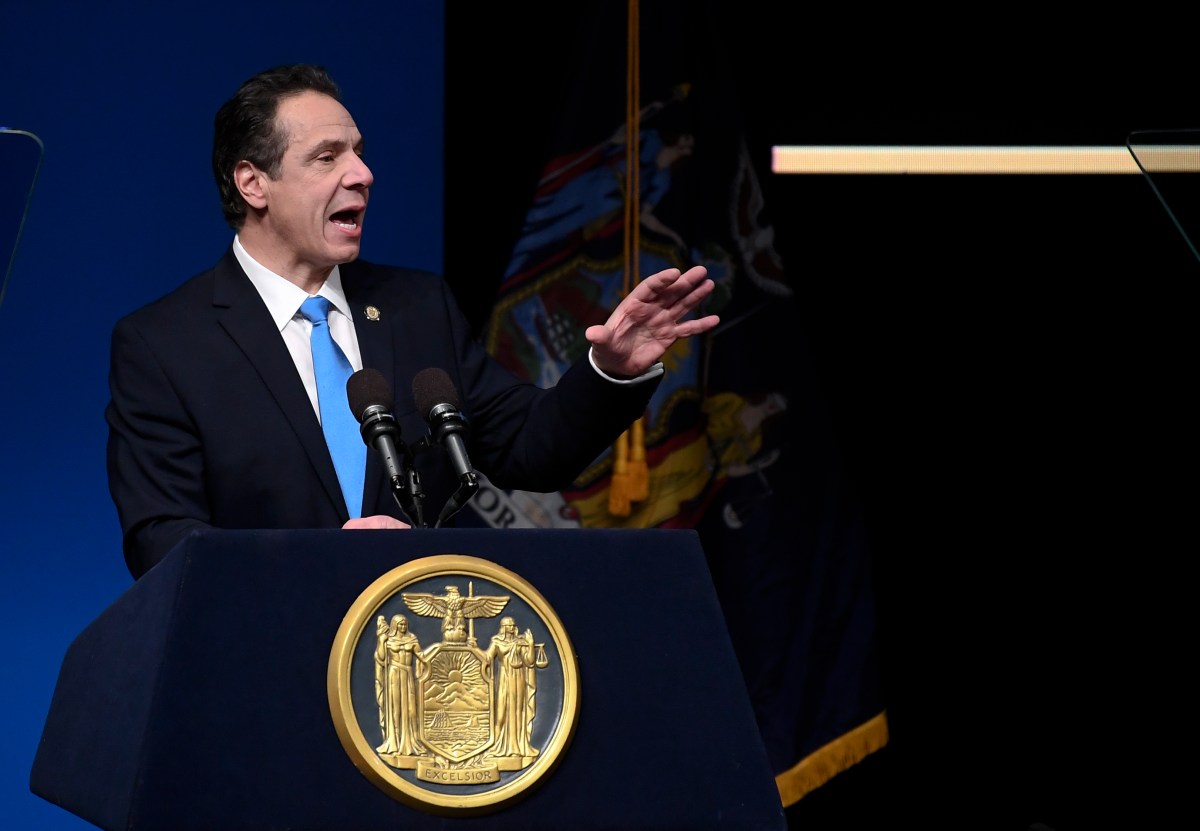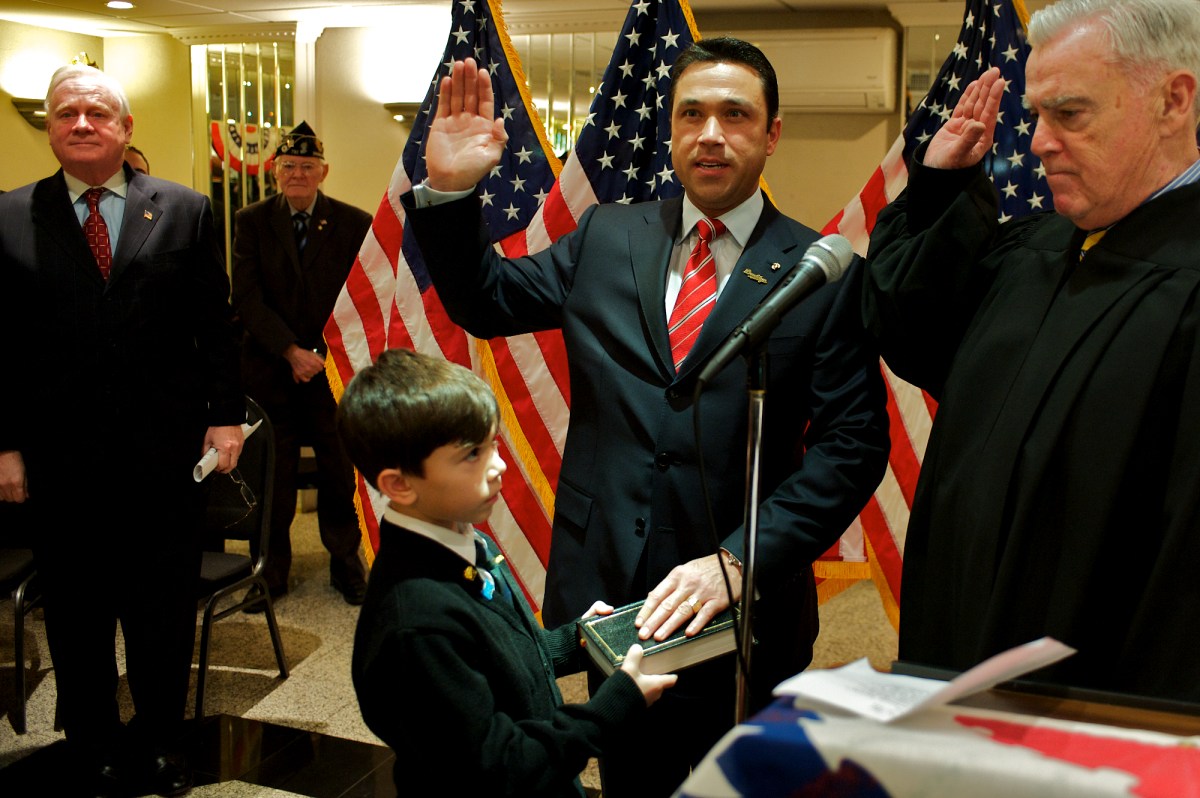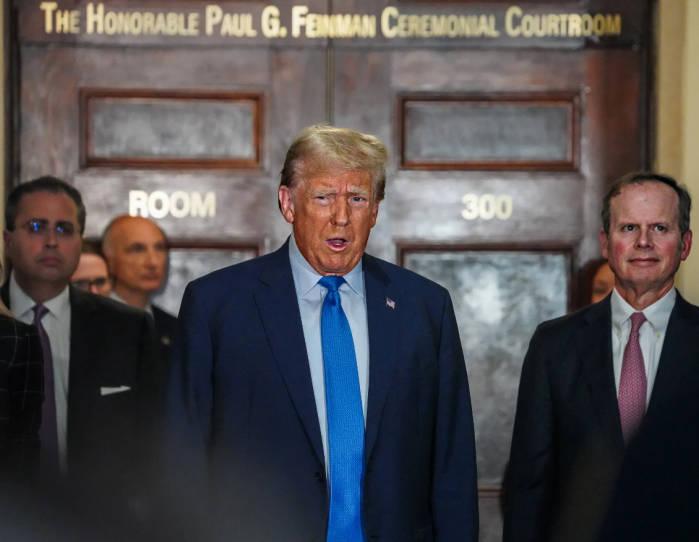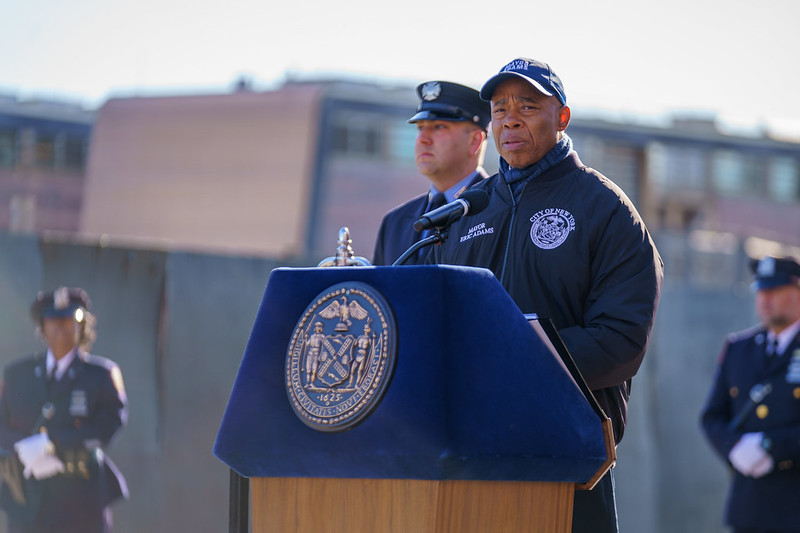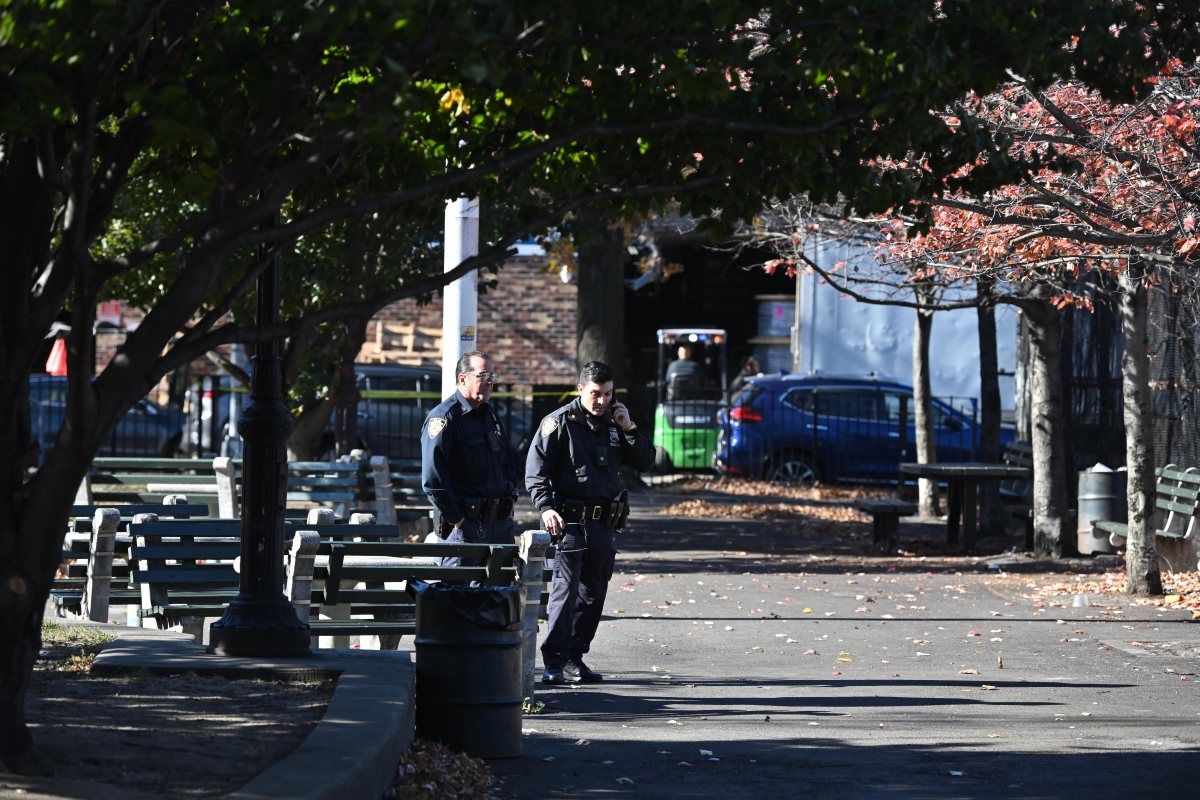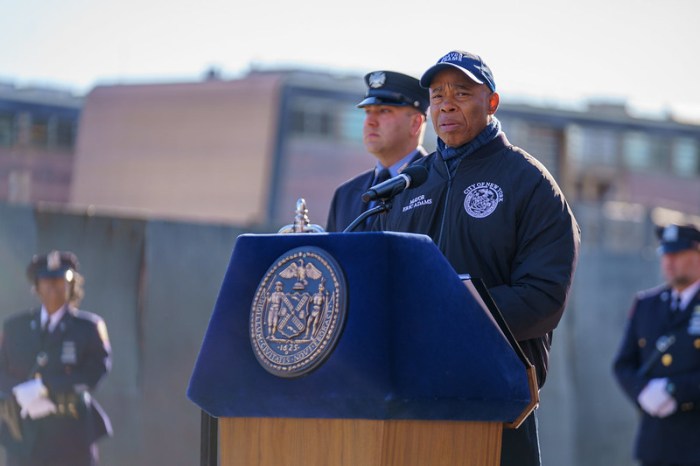BY MARINA VILLENUEVE
New York lawmakers are set to return to Albany this week for the start of the new legislative session, and a second year of near-total control of state government by Democrats.
During last year’s session, Democrats — who wrested control of the state Senate from Republicans in the 2018 midterm elections — passed a tsunami of bills long desired by liberals. This year, they are set to tackle complicated and weedy topics that have yet to pass, including paid surrogacy, aid-in-dying and a single-payer health care system.
A looming $6 billion deficit fueled by ballooning Medicaid costs, efforts to legalize marijuana and potential political fall-out over the end of cash bail for New Yorkers charged with nonviolent crimes are also expected to take up lawmakers’ attention this year. Labor groups also hope lawmakers pass efforts to provide protections to workers in the gig economy.
Governor Andrew Cuomo kicks things off with his annual State of the State address Wednesday.
“We’re going to come into January going full speed ahead,” said Bronx state Senator Gustavo Rivera, the Democrat who leads the Senate’s Health Committee. “We’ll do so in a very, very tough budget year.”
Republicans, who face a challenging election year, plan to criticize the rollout of new bail reforms and oppose tax hikes.
Cuomo has been announcing pieces of his 2020 agenda over the past few weeks in advance of his speech. Initiatives announced so far include proposed restrictions on vaping advertisements and a ban on single-use plastic foam take-out containers. The third-term governor, whose administration is hashing out a budget proposal, has cautioned advocacy groups, lawmakers and state agencies against expecting big spending initiatives.
The legislative session will end June 2, ahead of a state primary election on June 25. Here’s a look at some issues lawmakers are expected to tackle during the session.
Medicaid spending
The governor’s budget proposal typically arrives by mid-January, and he has said it will include a plan to address a ballooning, $6 billion Medicaid budget gap. Long-term care costs, for example, are on the rise as enrollment spikes.
Cuomo’s administration quietly delayed a $1.7 billion Medicaid payment last year to balance the budget — a maneuver the state now must pay for.
Cuomo’s budget director has said the state has delayed payments before and could do so again, and that doing so is less harmful for the public than cutting payments to health care providers. The administration quietly announced a 1% cut in most Medicaid payments New Year’s Eve — a move affecting hospitals, nursing homes and home-care providers.
A spokeswoman said the Department of Health is working on a plan to reduce Medicaid spending. She pointed to last year’s budget, which allowed Cuomo’s administration to make up to $380 million in cuts through spring 2021.
The cuts and looming shortfall set up a fight among liberal groups, who want to raise taxes on the wealthy to balance the budget due in March, and Republicans, who oppose tax hikes and question the governor’s management of Medicaid funds.
Senate Majority Leader Andrea-Stewart Cousins said raising taxes has never been her top priority. She joined other Democrats protesting separate Medicaid cuts that Cuomo administration’s proposed last summer.
Pot sales
Attempts to legalize recreational marijuana fizzled in New York last year. But Cuomo has said legalization is again a top priority this year.
One key sticking point has been deciding where any state revenues from marijuana production and sales should go. And there’s still hesitation among a number of Senate Democrats on Long Island.
“I think people are getting closer, but you know there’s still conversations to be had,” Stewart-Cousins said.
The governor has pushed for revenues to go toward the state’s general fund, while Democrats want the money to go toward more specific purposes.
“There is certainly a desire to make sure that the revenues that come in are utilized to be helpful not only to the state in general but to communities of color” negatively impacted by marijuana law enforcement, said Stewart-Cousins.
Cuomo wants New York, Connecticut and other neighboring states to work together on recreational marijuana policies. Several Northeast Democratic governors who support marijuana legalization have found their proposals stalled by more hesitant lawmakers.
Bail reform
Republicans and many law enforcement officials outside of New York City have been warning that New York’s new bail law, which eliminates pretrial detention and money bail for the vast majority of misdemeanor and nonviolent felony cases, could jeopardize public safety.
Senate Republican Minority Leader John Flanagan has claimed the reforms are leading to the release of people who go on to commit other crimes. Several upstate prosecutors have joined Republicans in saying the bail law went too far and could lead to the release of defendants who might be dangerous.
Stewart-Cousins defended the law and called those criticisms “fear-mongering.”
New York generally requires judges to look only at whether a defendant is likely to return to court, not whether they are a public danger, when setting bail amounts. Other states that have eliminated cash bail have given judges more leeway in holding people who might be dangerous prior to trial.
Climate change
A sweeping new climate change law sets the nation’s most aggressive targets for reducing carbon emissions and is intended to drive dramatic changes over the next 30 years.
New York’s law calls for 70% of the state’s electricity to come from renewable sources such as solar, wind and hydropower by 2030.
New York aims to have all of its electricity come from emissions-free sources by 2040, and to cut greenhouse gas emissions by 85% by 2050.
It isn’t clear how much all this change will cost, or even whether it is all technically feasible. Lawmakers and Cuomo’s administration will soon name appointees to a council that will start coming up with a plan to meet the goals — a plan expected to include a proposal to price carbon and tackle resistance to wind projects.



